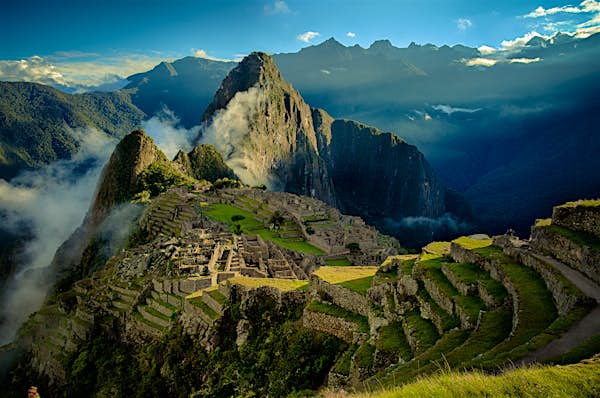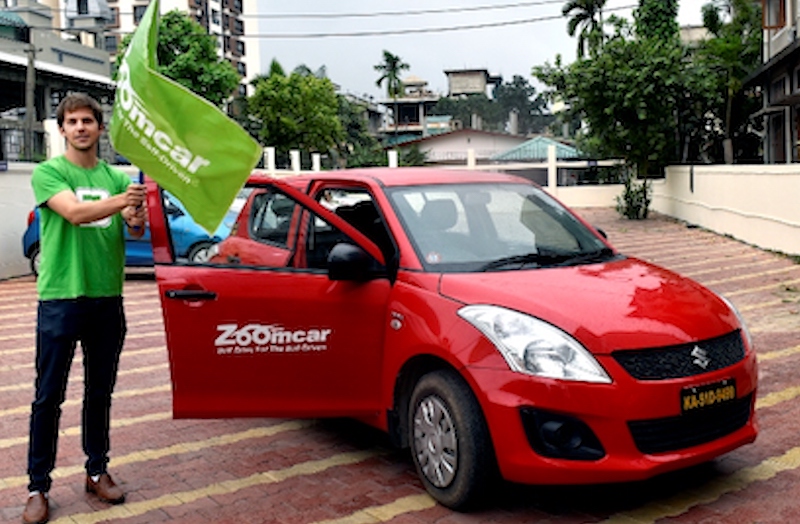Hidden among the cloud-covered peaks of the Andes Mountains, Machu Picchu, Peru is one of the most legendary and awe-inspiring archaeological sites in the world. This ancient Incan city, once forgotten by the world and shrouded in mystery, now stands as a symbol of advanced engineering, spiritual depth, and natural harmony. Whether you’re a history enthusiast, adventure traveler, or simply someone seeking a once-in-a-lifetime experience, Machu Picchu offers a journey like no other.
Recognized as a UNESCO World Heritage Site and one of the New Seven Wonders of the World, Machu Picchu continues to draw millions of visitors every year. From its sacred temples to its stunning mountain views, this site invites you to connect with Peru’s cultural heritage and witness the marvels of a long-lost civilization. In this blog, we’ll take you through its history, travel routes, must-see highlights, ideal visiting seasons, and practical tips to make your trip unforgettable.
The History and Legacy of Machu Picchu
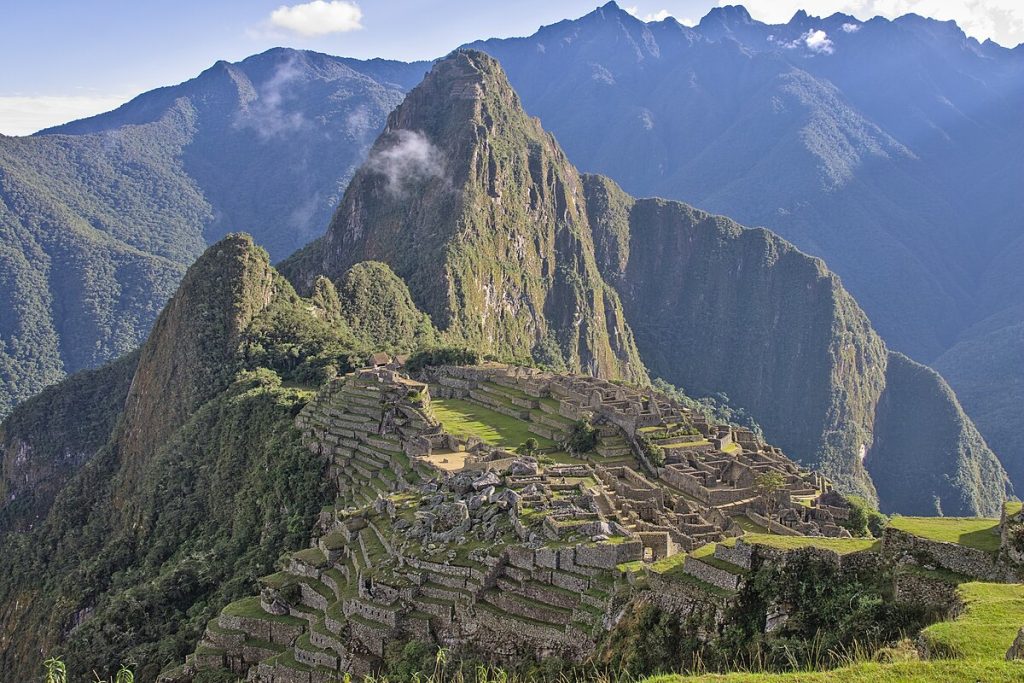
Machu Picchu was built during the reign of the Inca emperor Pachacuti in the mid-15th century, likely around 1450. The purpose of this high-altitude citadel has sparked many theories—it may have served as a royal estate, a spiritual retreat, or a center for astronomical observation. What’s clear is that it was a site of great importance, built with precision and respect for nature.
The architecture of Machu Picchu is a testament to the advanced skills of the Inca people. The city was constructed using a technique called “ashlar,” where stones are cut to fit together perfectly without mortar. Its terraces, aqueducts, and buildings blend seamlessly into the mountainous terrain. Despite being built on a seismic fault line, the city has withstood centuries of earthquakes.
After the Spanish conquest in the 16th century, the site was abandoned and eventually swallowed by the forest. Unlike other Incan cities, Machu Picchu was never found by Spanish invaders. It remained hidden until 1911, when American historian Hiram Bingham brought it to global attention. Since then, it has become a symbol of Peru and a treasure for archaeologists and travelers alike.
Getting to Machu Picchu: Routes, Trains, and Treks
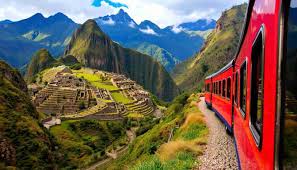
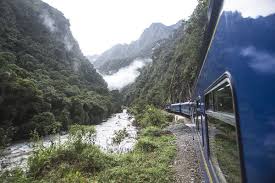
Visiting Machu Picchu, Peru requires planning, but the journey is part of the adventure. Most travelers begin in Cusco, the former capital of the Inca Empire and a city rich in culture and colonial charm. From there, you have a few main options to reach the site.
The train route is the most popular and convenient option. Trains depart from Cusco, Poroy, or Ollantaytambo, traveling through the Sacred Valley to Aguas Calientes, also called Machu Picchu Pueblo. The scenic ride takes you through lush valleys and alongside the Urubamba River. Train companies like PeruRail and Inca Rail offer various service levels—from budget-friendly options to luxury trains with panoramic windows.
From Aguas Calientes, you can either hike up to Machu Picchu (about 1.5 hours) or take a 30-minute shuttle bus that drops you near the entrance. Both offer beautiful views and are suitable for most visitors.
For more adventurous travelers, hiking the Inca Trail is the ultimate way to reach Machu Picchu. This famous 4-day trek follows ancient stone paths and includes visits to smaller ruins along the way. Due to limited permits, it must be booked months in advance. Alternative treks like the Salkantay Trail or Lares Trek are great for those looking for different routes and scenery, and they usually include Machu Picchu at the end of the journey.
Best Time to Visit Machu Picchu
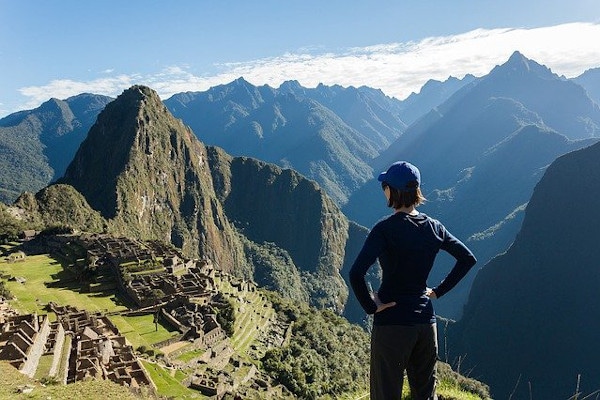
Choosing the right time to visit Machu Picchu can enhance your experience dramatically. Peru has two main seasons: dry and wet, each offering unique benefits and drawbacks.
The dry season runs from May to October and is considered the best time to visit. During these months, the weather is more predictable, with clear skies ideal for photography and outdoor activities. However, this is also the high tourist season. June, July, and August are particularly busy, so expect crowds and book your tickets well in advance.
The wet season, from November to April, sees fewer visitors and greener landscapes. Rain can make trails muddy and occasionally lead to closures, but it also adds a mystical atmosphere with fog rolling over the ruins. February is the rainiest month, and the Inca Trail is closed for maintenance, though Machu Picchu itself remains open.
What to See Inside Machu Picchu
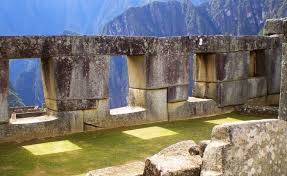
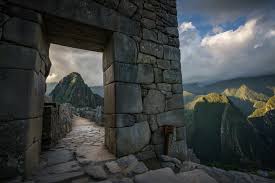
Though the entire site is a marvel, there are certain landmarks within Machu Picchu that stand out for their cultural, architectural, and spiritual significance. These highlights help paint a picture of life in the Inca Empire and offer incredible photo opportunities.
The Temple of the Sun is one of the most important spiritual structures. It features a semicircular design and carefully placed windows aligned with the solstices, reflecting the Incas’ astronomical knowledge. Nearby is the Royal Tomb, which may have served as a ceremonial burial site.
The Intihuatana Stone is another must-see. Its name means “hitching post of the sun,” and it’s believed to have functioned as a solar clock or ritual stone. It’s one of the few Incan artifacts untouched by the Spanish conquest.
Tips for a Successful Machu Picchu Experience
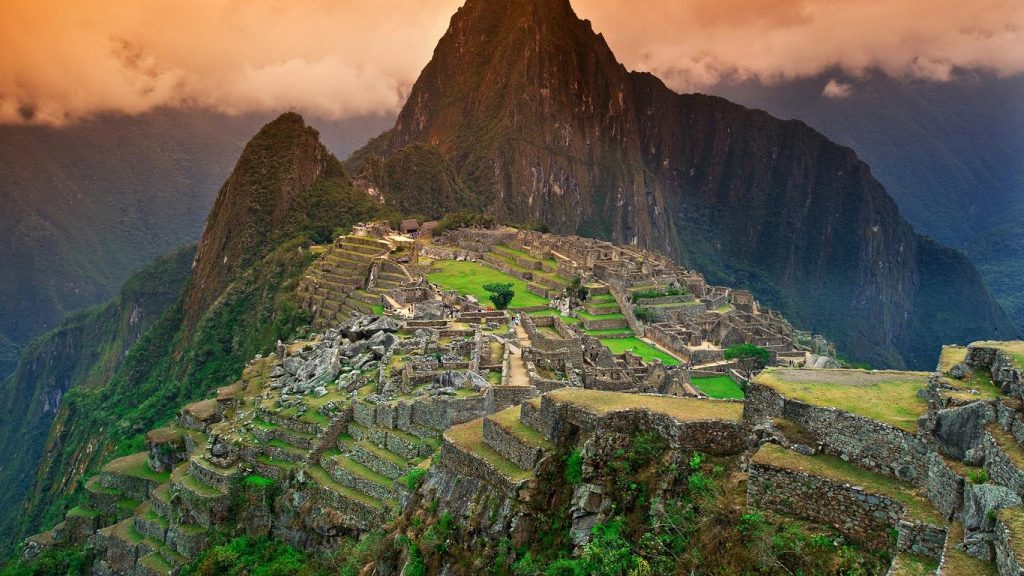
Visiting Machu Picchu can be a dream come true—if you’re well-prepared. Here are some practical tips to help you make the most of your trip:
- Book in Advance: Entry tickets to Machu Picchu, hiking permits, and train rides often sell out quickly. Make your bookings weeks—or months—in advance, especially if visiting in peak season.
- Acclimate to the Altitude: Cusco sits at over 3,300 meters (10,826 feet). Spend at least two days there before traveling to Machu Picchu to prevent altitude sickness. Drink coca tea, stay hydrated, and take it easy the first day.
- Travel Light: Only small bags are allowed inside the site. Pack essentials like water, sunscreen, a rain jacket, snacks, and a camera. Avoid carrying plastic bottles as they are discouraged to protect the environment.
- Hire a Local Guide: A knowledgeable guide will enrich your visit with stories and explanations that bring the ruins to life. You can book one in advance or find guides near the entrance.
- Respect the Site: Stay on marked paths, don’t touch or lean on the ruins, and avoid loud behavior. Machu Picchu is not only a tourist site but also a sacred space for many.
Conclusion: Why Machu Picchu Deserves a Spot on Your Travel List
Visiting Machu Picchu, Peru is more than just a bucket-list experience—it’s a profound connection to history, culture, and nature. With its mysterious origins, dramatic mountain setting, and unmatched architectural beauty, Machu Picchu is one of the few places in the world where time feels suspended.
Whether you choose to arrive by scenic train or follow the footsteps of the ancient Incas on a mountain trail, this journey will leave you inspired. From gazing out at the sunrise over the ruins to standing among stone temples built centuries ago, every moment at Machu Picchu is unforgettable.

